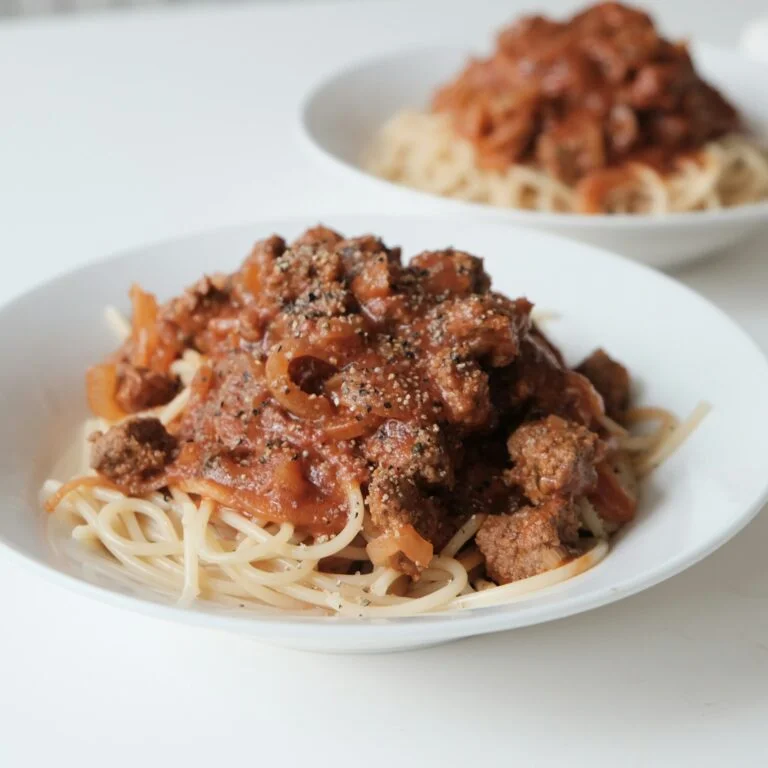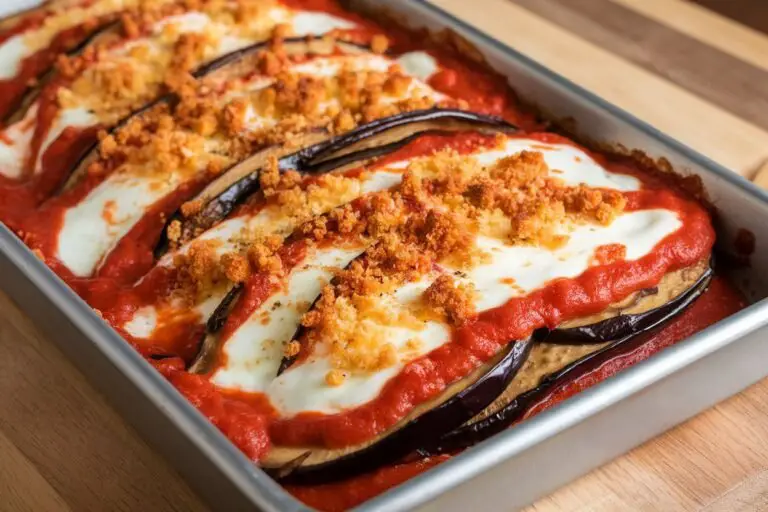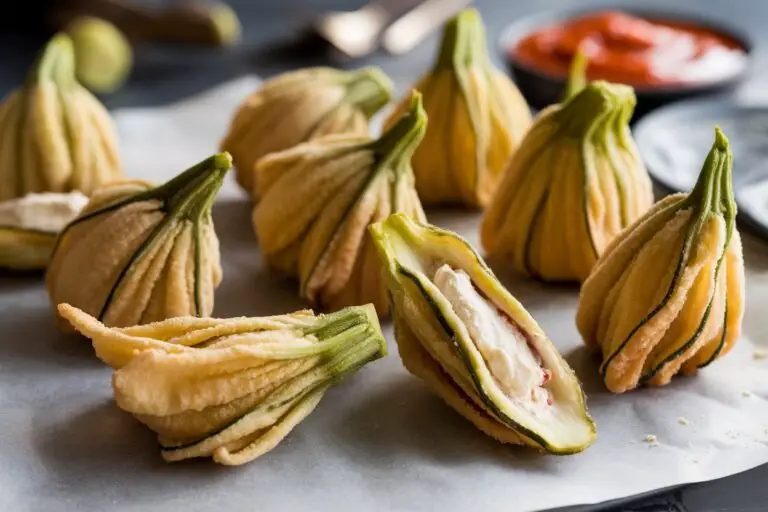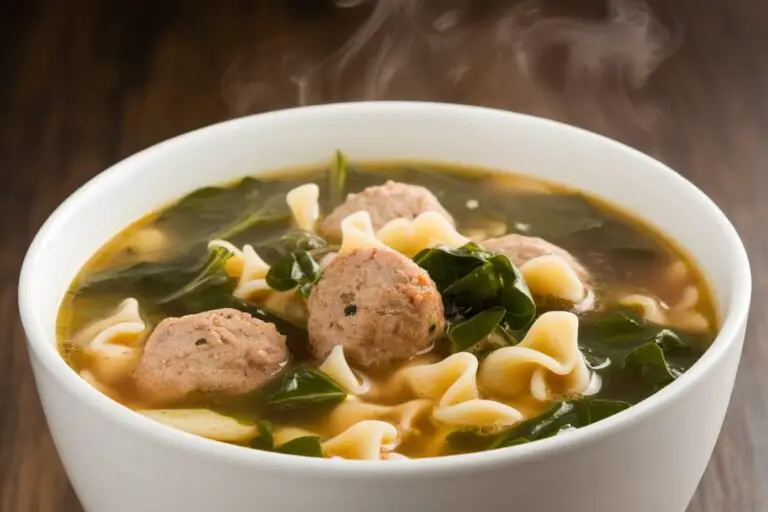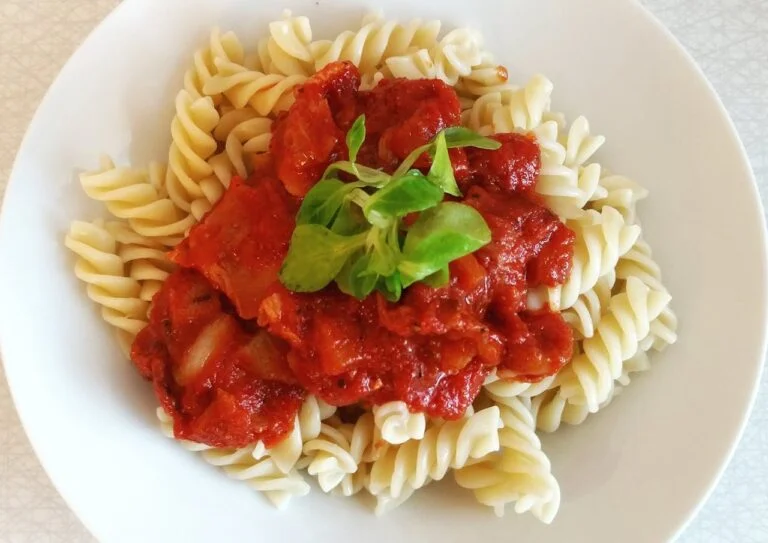Traditional Bolognese Ragù (Ragù alla Bolognese) – Slow-Cooked, Rich, and Comforting
Bolognese ragù is the kind of sauce that makes a quiet evening feel special. It’s hearty, deeply savory, and gently sweet from slow-cooked vegetables and tomatoes. Unlike quick red sauces, this one rewards patience with layers of flavor and a silky texture.
With a few simple ingredients and low, steady heat, you get something that tastes like it’s been handed down for generations. If you want a sauce that hugs your pasta and fills your kitchen with warmth, this is it.
Why This Recipe Works

This ragù builds flavor in smart steps: vegetables first, then meat, then liquids, each cooked long enough to deepen the taste. The mix of ground beef and pork creates a balanced richness and tender bite.
📖 Get Access to 50+ Printable Smoothie Recipes Instantly! 🖨️
Boost your health with delicious smoothies! These easy-to-follow printable recipe eBooks are perfect for detoxing, fitness goals, and tasty plant-based living. Available for instant download on Etsy! 🌿✨
Milk softens the acidity of the tomatoes and gives the sauce a velvety finish. A slow simmer evaporates excess moisture, concentrating everything into a thick, glossy sauce that clings beautifully to pasta.
We keep the ingredients traditional and straightforward, so nothing gets in the way of the core flavors. No heavy spices or shortcuts—just careful browning and time.
The result is comforting, elegant, and very forgiving for home cooks.
Shopping List
- Olive oil (or unsalted butter)
- Yellow onion, finely chopped
- Carrot, finely chopped
- Celery stalk, finely chopped
- Ground beef (80–85% lean)
- Ground pork (or Italian pork sausage, mild, casings removed)
- Tomato paste
- Dry white wine (or dry red wine)
- Whole milk (or half-and-half)
- Crushed or passata tomatoes (a modest amount)
- Beef or chicken stock (low-sodium)
- Bay leaf
- Nutmeg, freshly grated (optional but traditional)
- Kosher salt and black pepper
- Parmesan cheese, grated, for serving
- Fresh pasta such as tagliatelle, pappardelle, or fettuccine (or dried)
Instructions
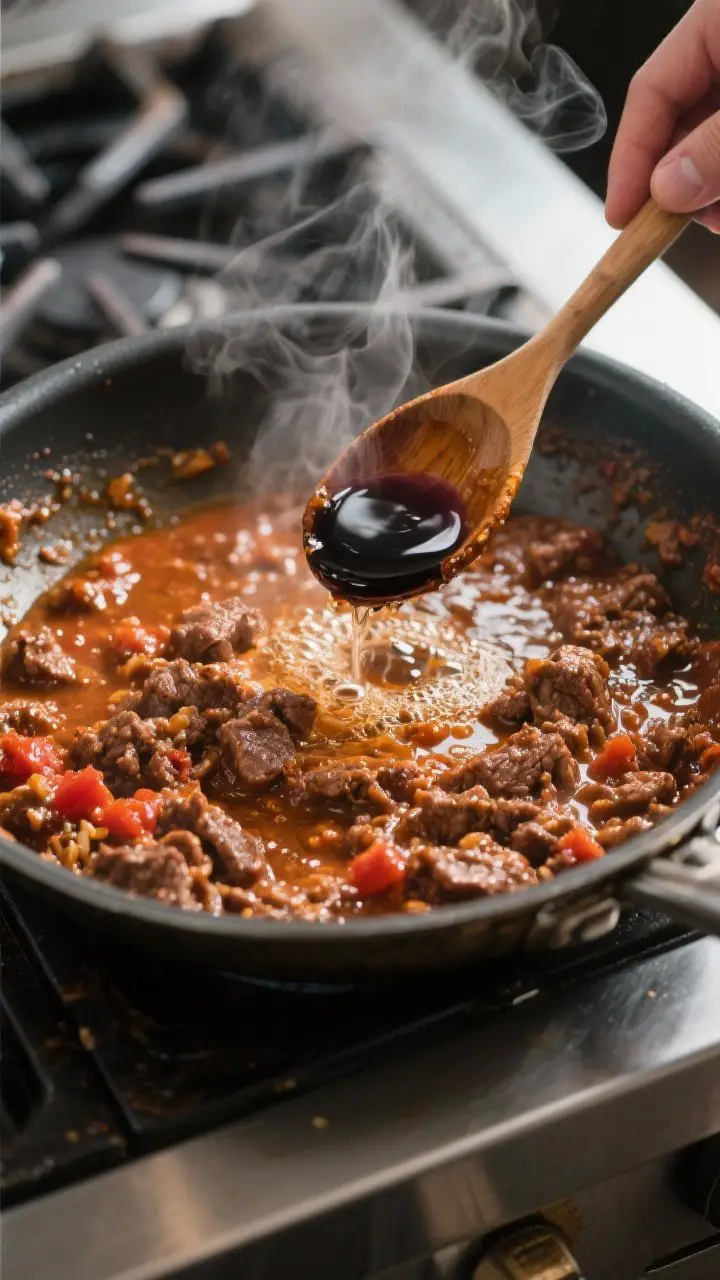
- Prep the base (soffritto). Finely chop onion, carrot, and celery in equal parts. Aim for small, even pieces so they melt into the sauce rather than stand out.
- Slowly sweat the vegetables. In a heavy pot over medium-low heat, warm 2 tablespoons olive oil or butter. Add the soffritto with a pinch of salt.
Cook 8–10 minutes, stirring occasionally, until soft and sweet but not browned.
- Brown the meats in stages. Increase heat to medium. Add the ground beef and pork, breaking it up with a wooden spoon. Season lightly with salt and pepper.
Cook until the meat loses its raw color and starts to brown in spots, about 8–10 minutes. Let some fond form on the bottom for flavor.
- Add tomato paste and toast it. Stir in 2–3 tablespoons tomato paste. Cook 2–3 minutes until it darkens slightly and smells rich.
This step deepens the sauce’s color and sweetness.
- Deglaze with wine. Pour in 1/2 cup dry wine. Scrape up browned bits from the pot. Let it simmer until the wine has mostly evaporated and no sharp alcohol smell remains, 2–4 minutes.
- Layer in tomatoes and stock. Add 1 cup crushed tomatoes or passata and 1–1 1/2 cups stock.
You want a loose but not soupy mixture. Stir in a bay leaf and a small pinch of nutmeg if using.
- Simmer low and slow. Reduce heat to low so the sauce barely bubbles. Partially cover and cook 1 1/2–2 hours, stirring occasionally.
Add splashes of stock or water if it gets too thick before the flavors develop.
- Stir in milk. About 20–30 minutes before you’re done, add 1/2–3/4 cup milk in two additions. Simmer gently. The sauce should turn glossy and slightly creamy without being milky.
- Adjust seasoning and texture. Remove bay leaf.
Taste and add salt and pepper as needed. If it’s too tangy, another splash of milk helps. If it’s thin, simmer uncovered a bit longer until it’s thick enough to coat a spoon.
- Cook the pasta. Boil salted water.
Cook tagliatelle or your pasta of choice until just al dente. Reserve a cup of pasta water.
- Marry sauce and pasta. Transfer pasta to the pot with ragù. Add a splash of pasta water and toss over low heat for 30–60 seconds until the sauce hugs each strand.
Finish with a knob of butter if you like.
- Serve. Plate with grated Parmesan and a crack of black pepper. Keep portions modest—this is rich.
How to Store
- Refrigerator: Cool completely, then store in an airtight container for up to 4 days.
- Freezer: Freeze in meal-size portions for up to 3 months. Thaw overnight in the fridge.
- Reheating: Warm gently on the stovetop with a splash of water, stock, or milk to loosen.
Avoid high heat so it doesn’t split.
- Make-ahead: The flavor improves after a day. It’s ideal for batch cooking.
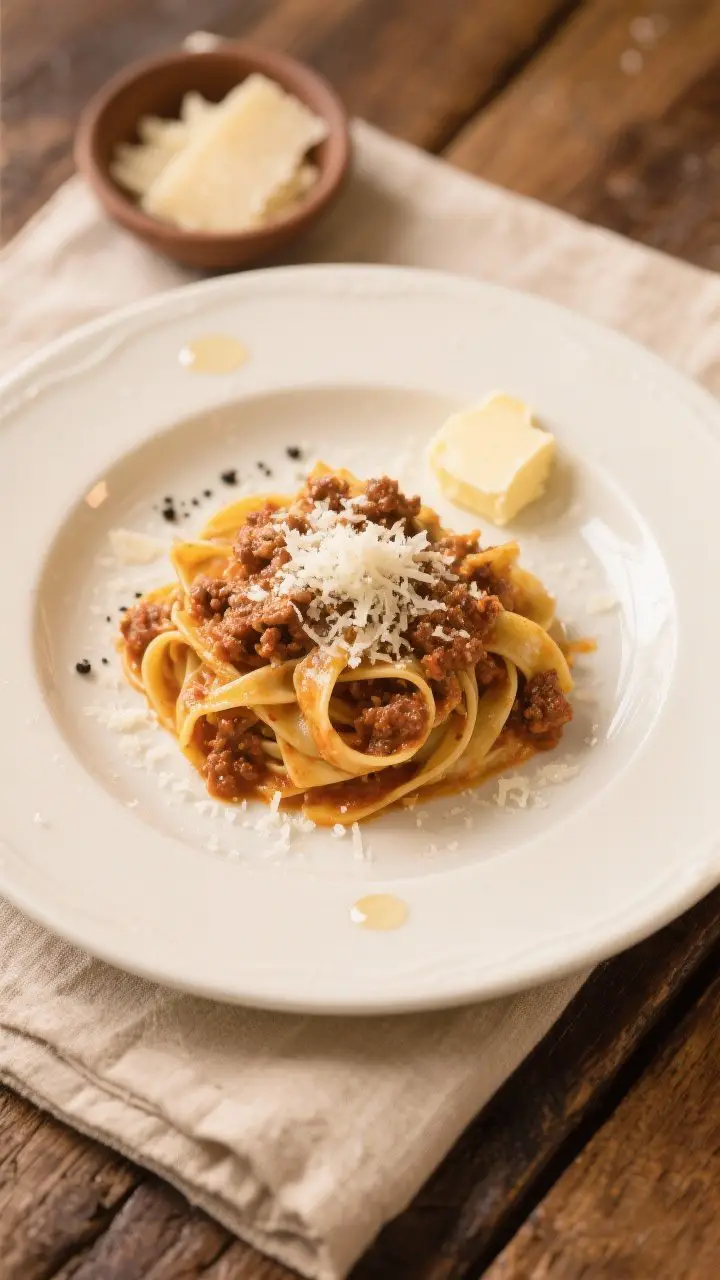
Benefits of This Recipe
- Deep flavor, simple steps: No tricky techniques, just patience and proper browning.
- Versatile: Works with fresh pasta, baked lasagna, or polenta. It also makes great leftovers.
- Balanced richness: Milk and soffritto keep the sauce savory but not heavy or overly acidic.
- Freezer-friendly: A perfect weekend project that pays off on busy weeknights.
Common Mistakes to Avoid
- Rushing the browning: If the meat doesn’t brown, you miss key flavor.
Cook in an even layer and give it time.
- Boiling instead of simmering: A rolling boil toughens meat and evaporates liquid too fast. Keep the heat low.
- Too much tomato: Traditional Bolognese isn’t a bright red sauce. Use tomatoes sparingly for balance.
- Skipping milk: It softens acidity and adds silkiness.
Don’t skip unless you need a dairy-free version.
- Underseasoning: Taste at the end. A sauce this rich needs enough salt to shine.
Variations You Can Try
- Classic pancetta start: Render 2–3 ounces finely diced pancetta before the soffritto for extra depth.
- Mushroom boost: Add finely minced cremini or porcini in with the meat for an earthy note.
- Veal blend: Replace some beef with ground veal for a softer texture and delicacy.
- Dairy-free: Skip milk and use a smaller splash of unsweetened oat milk at the end for body. Not traditional, but works.
- No wine: Use extra stock plus 1–2 teaspoons red wine vinegar at the end to balance acidity.
- White ragù: Omit tomatoes entirely, use more stock, and finish with extra milk or a touch of cream.
FAQ
What pasta shape is best for Bolognese ragù?
Tagliatelle is the traditional choice.
Wide, flat ribbons catch the sauce beautifully. Pappardelle, fettuccine, or even fresh egg pasta sheets in lasagna are also excellent.
Can I make this in a slow cooker?
Yes. Brown the soffritto and meats on the stovetop, then transfer to the slow cooker with tomatoes and stock.
Cook on low for 6–8 hours. Stir in milk during the last 30 minutes to prevent curdling.
Is Parmesan essential?
It’s not in the sauce itself but is classic for serving. A sprinkle of freshly grated Parmigiano Reggiano adds saltiness and umami, enhancing the ragù’s depth.
Can I use only beef?
You can, but a mix of beef and pork gives better texture and flavor.
If using only beef, pick 80–85% lean and consider adding a little olive oil or pancetta for richness.
Why is my sauce too acidic?
Too many tomatoes or not enough simmer time can cause that. Add a splash of milk, cook a little longer, and ensure your tomato product isn’t overly sharp. A pinch of sugar is a last resort.
How thick should the sauce be?
It should be thick enough to coat a spoon and cling to pasta without pooling.
If it’s watery, simmer uncovered to reduce. If it’s too thick, add a splash of stock or pasta water.
Can I add garlic or herbs?
Traditional versions are restrained. If you enjoy garlic, use one small clove with the soffritto.
A small sprig of thyme can work, but avoid heavy dried herb blends that overpower the meat.
What wine should I use?
Dry white wine is common in Bologna, though dry red works too. Choose something crisp and not oaky, like Pinot Grigio or Sangiovese.
How much sauce per serving?
Plan about 3/4 to 1 cup of ragù per portion of pasta, depending on appetite. This sauce is rich, so a little goes a long way.
In Conclusion
Traditional Bolognese ragù rewards patience with deep, comforting flavor.
With good browning, gentle simmering, and a touch of milk, you’ll get a sauce that feels both rustic and refined. Serve it with fresh pasta and Parmesan, and you’ve got a timeless meal that never disappoints. Make extra—you’ll be glad you did.


